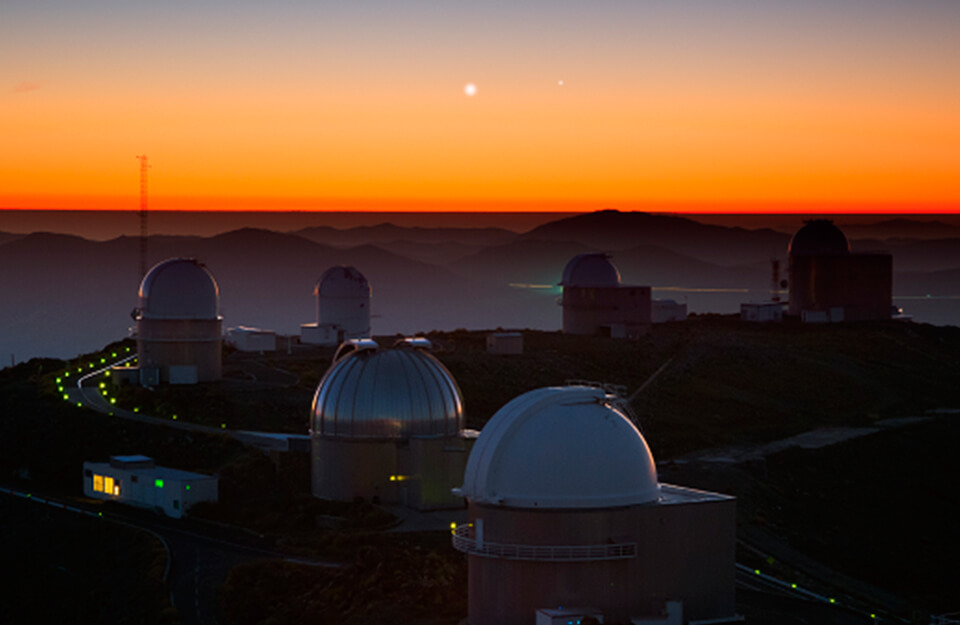
Images captured from the Very Large Telescope, located at the Paranal Observatory in the northern region of Antofagasta, and from a space telescope were also key to the discovery of the promising system. The importance of this discovery lies in the particularity of the system of planets orbiting the ultracool dwarf star named TRAPPIST-1: the seven planets that make it up are surprisingly similar in size to Earth. On the other hand, three of these planets are within the so-called "habitable zone", i.e., the zone located at a distance from the star that would make possible the presence of water and thus, perhaps, life.
The TRAPPIST-1 system is located forty light years from Earth, that is, if it were possible to travel at the speed of light, it would take about forty years to get there. Since travel at the speed of light is not yet possible, under current conditions it would take a space shuttle 1.5 million years to reach one of the planets in the system.
This discovery has shocked the world of science, and the next step is to determine whether planets within the habitable zone have liquid water and to analyze the possibilities of life. Several existing telescopes and observatories will help in the process, but it is expected that within the next few years new observation centers will be inaugurated to provide scientists with new tools and images.
Two of these telescopes will be located in Chile: the European Extremely Large Telescope and the Giant Magellan Telescope. Both projects will see their first observations in the first half of the next decade and promise to be benchmarks of the new generation of optical telescopes in the world.






